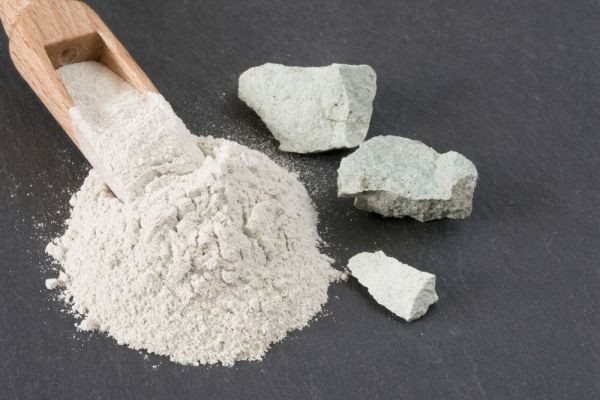The global zeolite market is witnessing significant transformation driven by rising demand across multiple end-use industries such as agriculture, petrochemicals, water treatment, and construction. Zeolites, crystalline microporous aluminosilicates, are valued for their high adsorption, ion-exchange, and catalytic properties. Their versatility positions them as critical components in industrial processes, environmental management, and energy applications. Increasing awareness of sustainability and resource efficiency has further boosted the adoption of zeolites in industrial and consumer sectors.
Market Dynamics and Growth Drivers
The zeolite market is primarily propelled by its extensive applications in catalysis, particularly in petroleum refining, where it enhances efficiency and reduces environmental impact. The rising global energy demand and the need for cleaner fuels continue to stimulate the use of zeolites as catalysts. Additionally, water treatment applications are expanding, with zeolites serving as effective adsorbents for heavy metals, ammonia, and other contaminants, thereby supporting environmental regulations and sustainability goals.
Agriculture represents another major growth avenue. Zeolites improve soil quality, enhance nutrient retention, and reduce fertilizer runoff, contributing to sustainable farming practices. With global agricultural production under pressure to meet increasing food demand, the adoption of zeolites in fertilizers and soil conditioners is on the rise. These applications are further supported by government initiatives promoting eco-friendly agricultural practices, particularly in emerging economies.
Segmentation and Regional Insights
The zeolite market can be segmented by type, application, and region. Natural zeolites are abundant and widely used in agriculture and water treatment, whereas synthetic zeolites are preferred for catalytic and industrial applications due to their tailored properties. Among applications, catalysis remains the largest segment, followed by water treatment, agriculture, and construction.
Regionally, Asia-Pacific dominates the market due to rapid industrialization, expanding petrochemical and agricultural sectors, and increasing government support for sustainable initiatives. North America and Europe are witnessing steady growth, primarily driven by technological advancements in refining processes, environmental regulations, and demand for eco-friendly products. Meanwhile, the Middle East & Africa and Latin America offer emerging opportunities as industries diversify and invest in resource-efficient technologies.
Technological Innovations and Industry Trends
Technological innovation is reshaping the zeolite market landscape. Advances in synthesis methods allow the production of high-purity, customizable zeolites with improved performance characteristics. For instance, hierarchical zeolites with multi-level porosity enhance catalytic efficiency and adsorption capacity. Additionally, research into composite materials integrating zeolites with polymers, metals, or nanoparticles is creating new high-value applications in water purification, energy storage, and gas separation.
Sustainability is a prevailing trend, with industries focusing on reducing carbon footprints and waste. Zeolites play a critical role in environmental management by facilitating cleaner production methods, improving energy efficiency, and supporting circular economy practices. Companies are increasingly investing in eco-friendly production techniques and leveraging zeolites in green technologies.
Challenges and Market Restraints
Despite robust growth, the zeolite market faces challenges. The high cost of synthetic zeolites can limit adoption in price-sensitive regions. Additionally, competition from alternative materials, regulatory constraints, and fluctuating raw material availability may affect production costs and profitability. Manufacturers must also navigate supply chain complexities and maintain quality standards to meet industrial specifications.
Future Outlook
The future of the zeolite market appears promising. Rising industrial and agricultural demand, coupled with innovations in material science, will continue to drive growth. The integration of zeolites into emerging technologies, including energy-efficient catalysis, wastewater treatment, and sustainable agriculture, is expected to create new revenue streams. Strategic collaborations, mergers, and investments in research and development will further strengthen market positions.
Overall, the global zeolite market is poised for sustained growth, fueled by technological advancements, regulatory support, and expanding applications. Companies that focus on innovation, sustainability, and strategic partnerships will be well-positioned to capitalize on emerging opportunities and meet evolving market demands.

